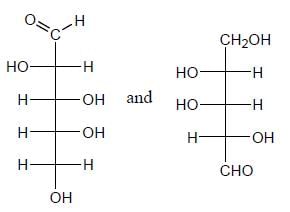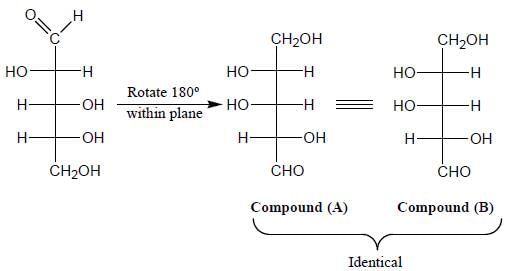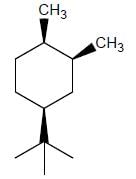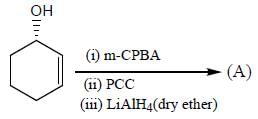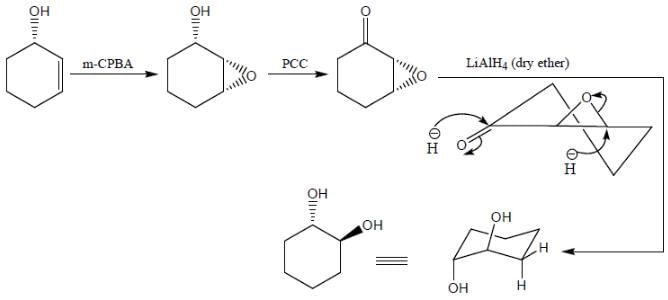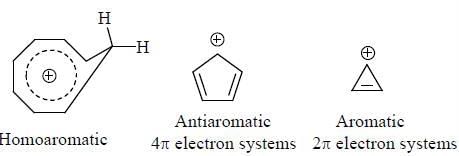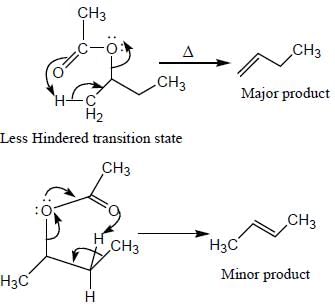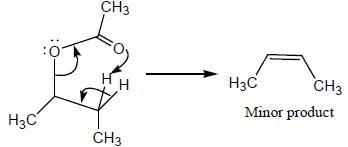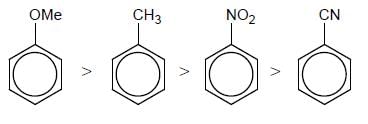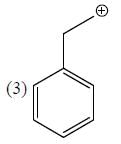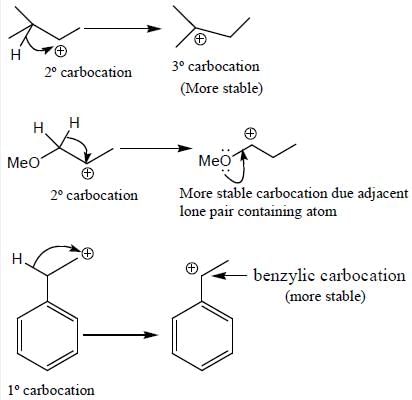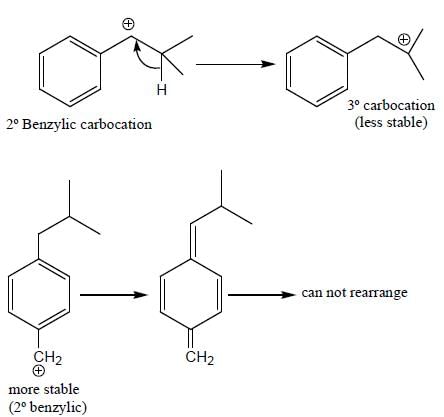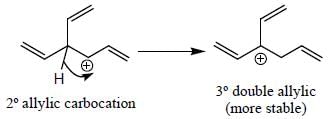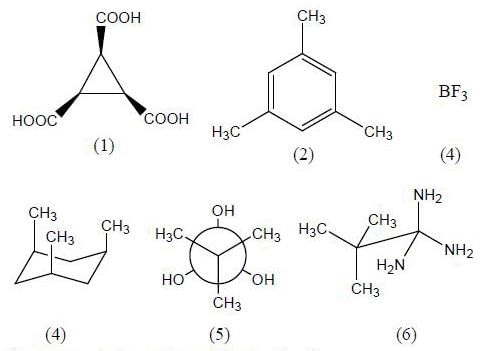Organic Chemistry MCQ - Biotechnology Engineering (BT) MCQ
21 Questions MCQ Test - Organic Chemistry MCQ
The correct order of increasing reactivity towards nucleophilic addition for the following carbonyl derivative.








In 1H NMR spectrum of ethylbenzene, the benzylic proton appear as a
In the 300 MHz 1H NMR spectra, an organic compound exhibit doublet. Two lines of the doublet are at δ 2.35 and δ 2.38 ppm. The coupling constant is
Among the carbocations given below

Select the collect option about above compounds
The possible product’s (P) formed in the following reaction mechanism

Correct decreasing order of relative rates of SN2 reactions of alkyl chlorides with iodide ion.





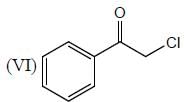
x = number of (+M) group attached with phenyl ring, so the value of x is
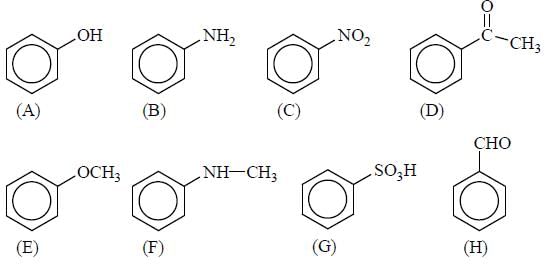
How many groups are O/P directive in follwing groups
(1) - NH2
(2) - CHO
(3) - N = O
(4) - COOH
(5) -OMe

(7) - CN

(9) - N = NH2
(10) -SO3H
How many compounds (given below) shows three signals in new 13C-NMR spectrum ______ O-xylene, p-xylene, 1, 4-dimethoxybenzene, trans-1,2-dimethylcyclopropane, 4-bromoanisole, cis-1, 2 dimethylcyclopropane, Resorcinol
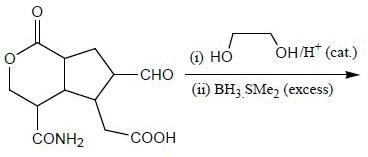
How many functional groups will involve in reduction process?






